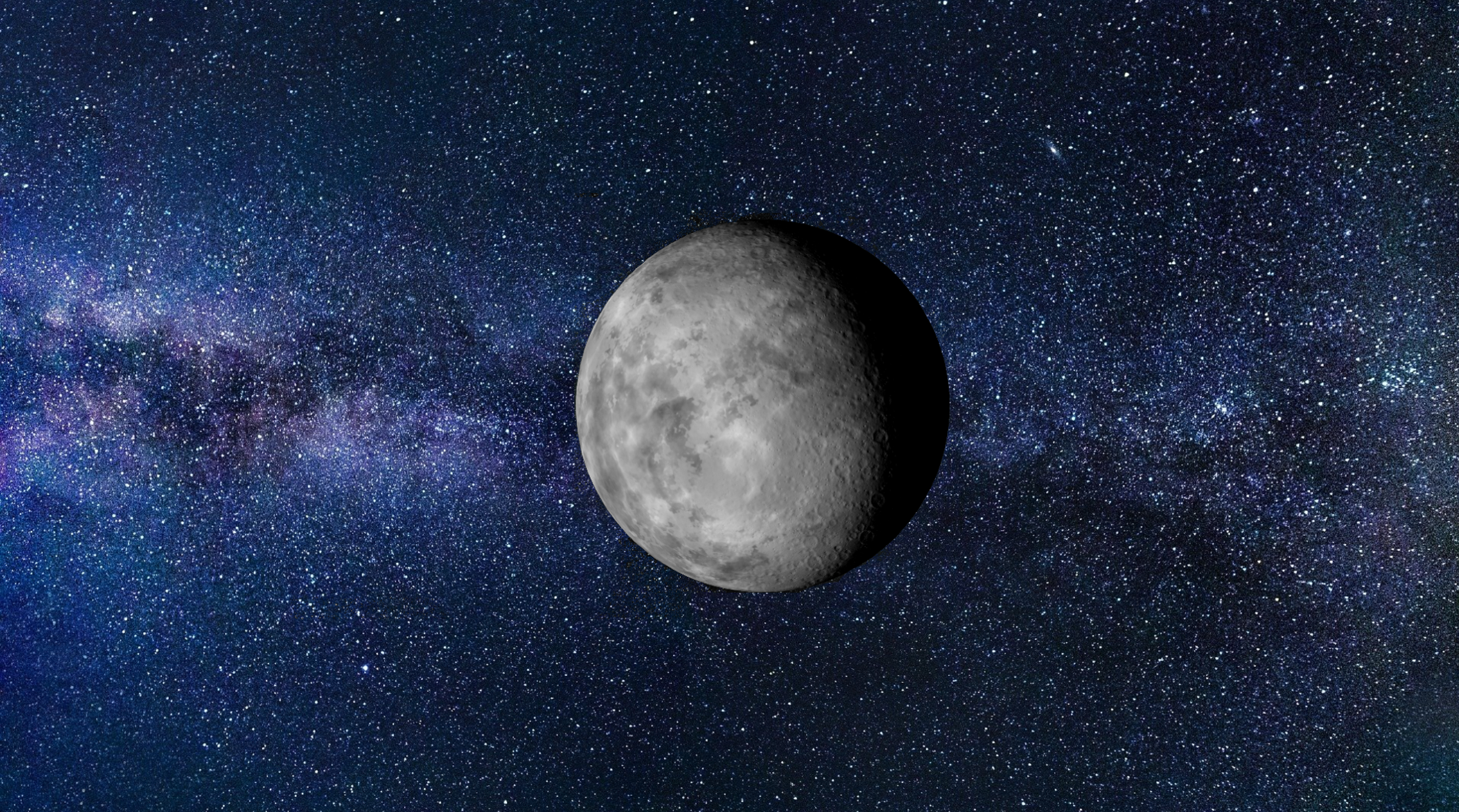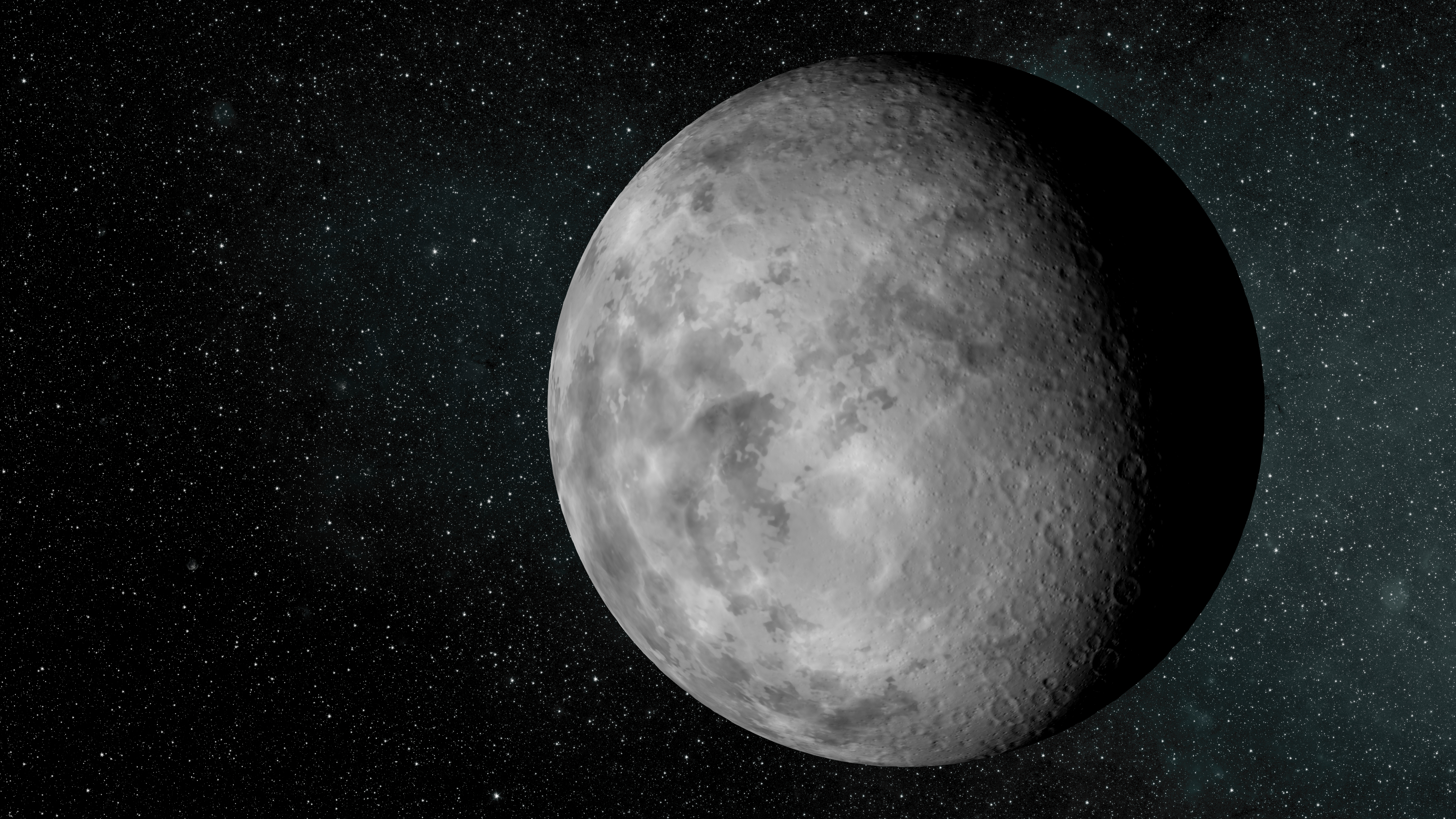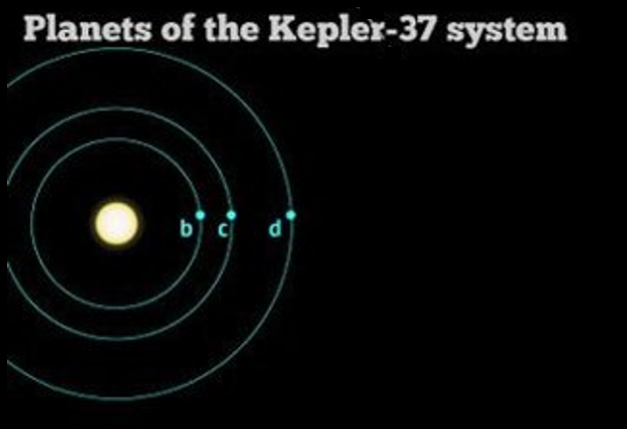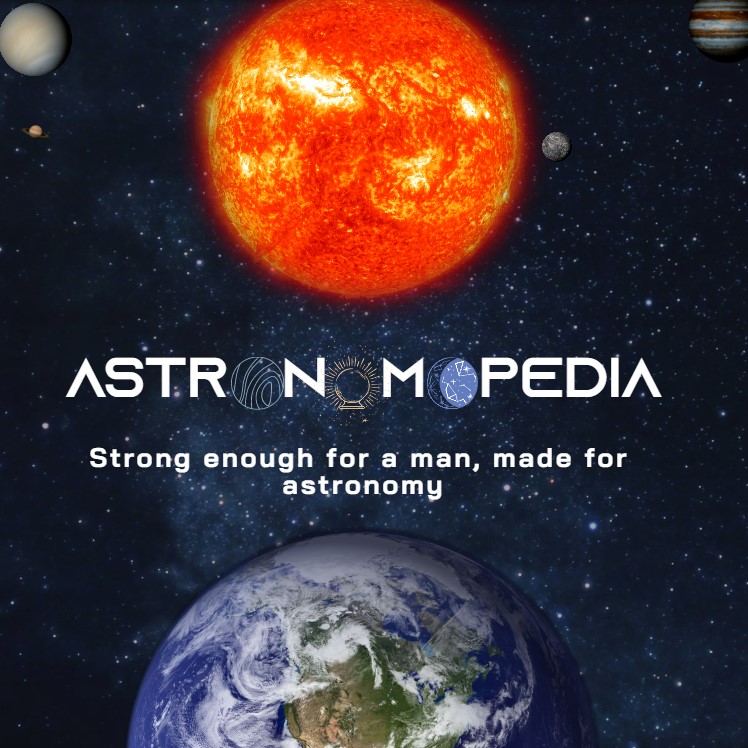

Kepler-37 b

What is Kepler-37 b?
The extrasolar planet Kepler-37 b was discovered by the Kepler space telescope and is situated in the constellation Lyra orbiting the G-type star Kepler-37.
What is special about this exoplanet?
With a radius slightly greater than that of the Moon and slightly smaller than that of Mercury, Kepler-37 b is the smallest planet discovered around a main-sequence star as of February 2013.
Morphology
Geomorphology
Despite being slightly larger than that of the Moon, Kepler-37 b has a diameter of 4,510.7 km (2,802.819037 miles), just a bit smaller than that of Mercury. Its surface area should be of 63,920,146.2887 km² (39,718,137.50739431 miles²).
Anatomy
Kepler-37 b is expected to not have an atmosphere, due to its high surface temperature. Its mass is about 3.1783 Earths (20,976,780,000,000,000,000,000 tons), and its density is still unknown. Its interior structure remains unknown.
Tectonic plates
Studies of the tectonic plates of Kepler-37 b has yet to be made.
Location
Kepler-37 b is roughly 210 light-years from Earth, and it is about 0.10026880683 (15,000,000 kilometers or 9,320,567.8836 miles) from its host star.
Physico-chemical properties
It is thought to be made of rocks and dust just like our moon, but we are still unsure.
Temperature
At more than 700 kelvin (426.85°Celsius or 800.33°Fahrenheit), the surface temperature of this scorching world (Kepler-37 b) would easily melt zinc.
Age
The age of Kepler-37 b is about 6 Gyr (6,000,000,000 years).
Force fields

Gravitational force
Its gravitational force is still unknown.
Magnetic field
Its magnetic field is yet unknown.
Motions

Orbit
Kepler-37 b orbits its star every 13 days at a distance of less than one third that of Mercury.
Rotation
We do not know yet its days (rotation time).
Satellite systems
Moon system
As of yet Kepler-37 b has no moons.
Ring system
No ring is present around Kepler-37 b.
Author: William Homier
Editor: William Homier
Sound credit goes to Dsilent 97.
This page was last edited on 11 April 2022, at 19:50 (HAE).
Sources:

